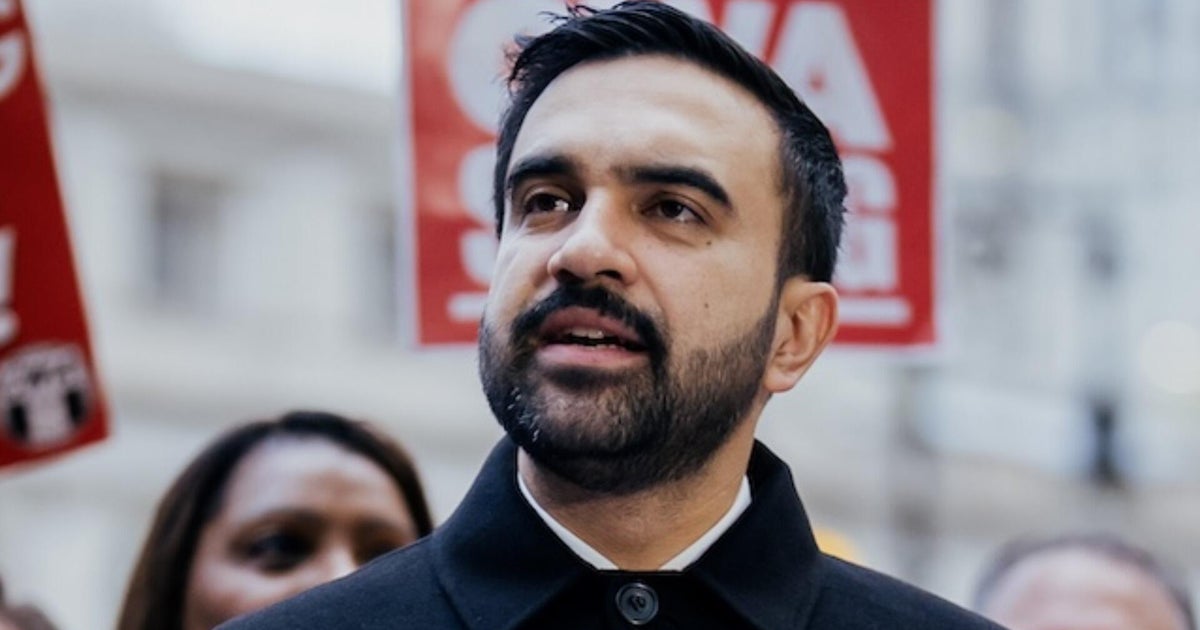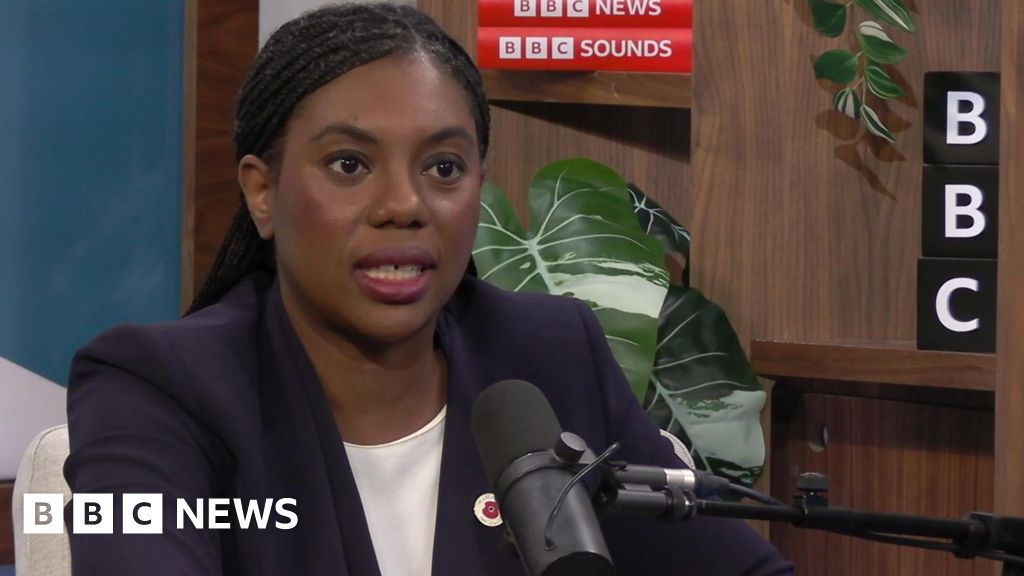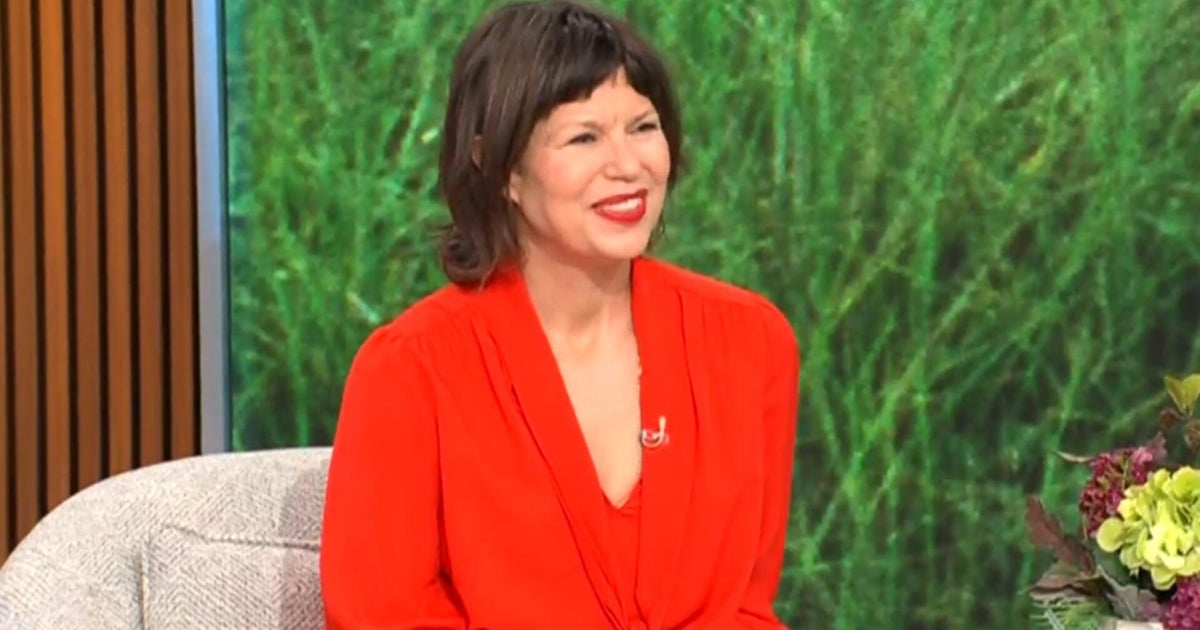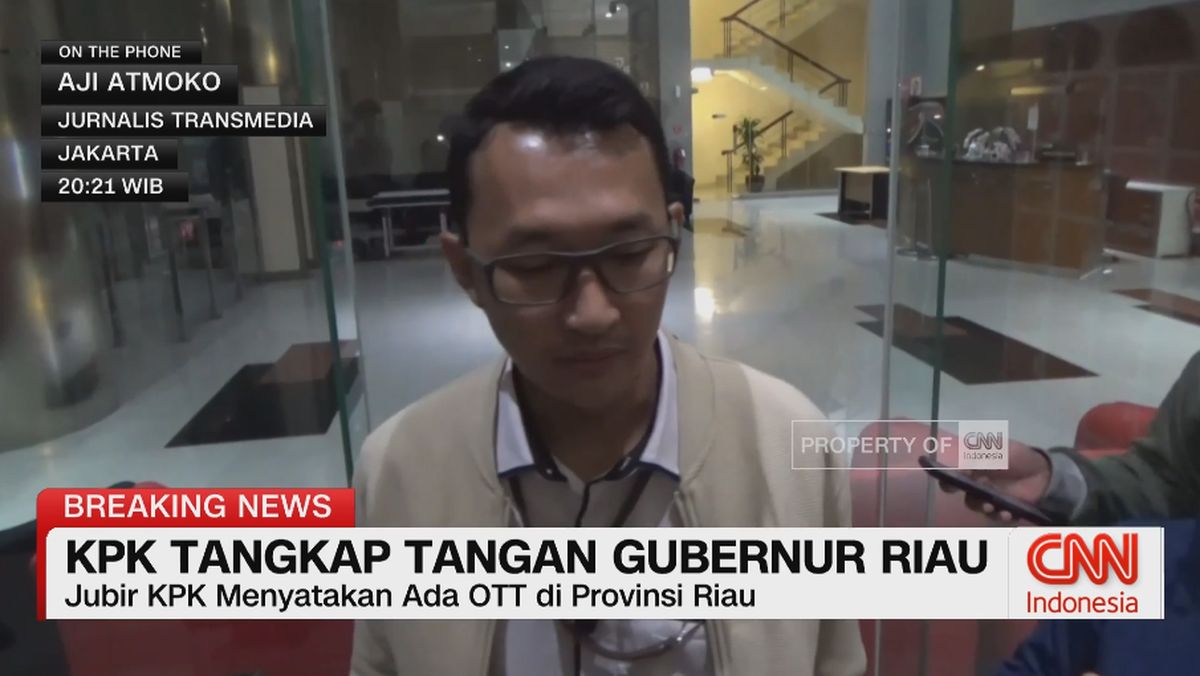They said it would never happen but if rumours are to be believed, Fleetwood Mac, one of the biggest heritage music acts on the planet, could be gearing up for a reunion.
The iconic pop-rock band hasn’t performed together since 2019, and even then, it was with Crowded House’s Neil Finn in place of guitarist-singer-songwriter Lindsey Buckingham. After Christine McVie died in 2022, it seemed all but certain they would never reunite.
But now, the biggest (of many ... more on that soon) feud within the group seems to be thawing, as Buckingham and former partner Stevie Nicks each used separate podcast appearances to reveal that they were finally back on speaking terms.

Stevie Nicks and Lindsey Buckingham are supposedly speaking again. Could a Fleetwood Mac reunion be imminent?Credit: AP
The pair were promoting the reissued version of their 1973 album, Buckingham Nicks, recorded and released shortly before they joined the ever-evolving line-up of Fleetwood Mac in 1974.
Meanwhile, reports suggest that drummer and founding member Mick Fleetwood has been trying to get the gang back together to celebrate their best-selling album, Rumours, in time for the 50th anniversary of its release in 2027.
Loading
For those who crooned along to The Chain and Rhiannon in the ’70s, the prospect of a reunion is as shocking as it is exciting. But for younger fans who only locked in after Dreams went viral on TikTok in 2022, sending the 43-year-old track back onto the Billboard 100, the backstory – and why a reunion seems so unlikely – may not be so obvious.
So, let’s break it down. From love affairs to cocaine habits, here’s what made Fleetwood Mac such a significant and tortured group.
Never Going Back Again: break-ups and heartbreak
They say “you shouldn’t shit where you eat”, but Fleetwood Mac clearly never got that memo.
The classic line-up of the band was built around two couples, Buckingham and Nicks and Christine and John McVie, along with Fleetwood. But beneath the sweet harmonies and poppy tunes lay a complex web of drug use, affairs and betrayals.
Trouble began in 1976 when both of those intra-band relationships broke down. All parties, however, stayed with the band. In fact, they started recording their most famous album, Rumours, around this time, funnelling heartbreak and insult into tracks the writers’ respective exes would soon be performing in front of thousands.
Even as the band’s inner workings became increasingly toxic, the songs poured forth. The McVies stopped speaking to each other unless discussing music, and Christine even began a fling with the band’s lighting designer, about whom she wrote You Make Loving Fun. Nicks wrote Dreams and Buckingham penned Go Your Own Way … each track essentially having a dig at their former partner.
It was the very definition of creative tension, and it paid off in spades. Rumours spent more than 30 weeks at the top of the Billboard album chart in the United States, more than any other record of the 1970s, and ended up selling more than 40 million copies worldwide. To this day, it remains a beloved and frequently played record, continually earning new generations of fans.
Touring the album wasn’t much fun, though. Nicks and Buckingham had several arguments on stage, with Buckingham even throwing his guitar at Nicks at one point, after which a fight broke out backstage between the band members.

Stevie Nicks and Lindsey Buckingham of Fleetwood Mac, where feuds fed the music.Credit: AP
To make matters even more complicated, Nicks and Fleetwood began an affair in 1977. Fleetwood then went on to cheat on the singer with her good friend, Sara Recor, just a year later.
“No one was speaking, and I wouldn’t even look directly at Mick,” Nicks said of this period in a 2011 interview. “That went on for months. And it was great fodder for writing. The songs poured out of us.”
Gold Dust Woman: cocaine and champagne
It’s no secret that drugs played a huge role in the Fleetwood Mac story, and the toxic interpersonal dynamics at play within it.
Speaking to The Guardian shortly before her death in 2022, Christine McVie said the male members were often provided with cocaine in Heineken bottle tops on stage, though she and Nicks were far more measured in their consumption, taking only “little spoons” of the substance.

Fleetwood Mac in 1977, when they recorded their 39-minute classic, Rumours.
“I always took fairly good care of myself,” she said. “My drug of choice was cocaine and champagne. I didn’t use any other drugs at all. It’s easy for me to say, but I think it made me perform better.”
Nicks’ cocaine use, however, escalated and ultimately led to her entering rehab in 1986. Years prior, a doctor had found a coin-sized hole in her nasal cartilage, which was reportedly large enough to cause a brain hemorrhage. This was the result, apparently, of her tendency to snort aspirin dissolved in water to combat headaches.
In 1993, Nicks re-entered rehab for an addiction to Klonopin, a form of benzodiazepine.
Go Your Own Way: line-up changes
Fleetwood Mac formed in 1967 as a blues band. But their line-up changed practically every year, and with it, their musical style.
They began with Fleetwood on drums, John McVie on bass, and vocalists/guitarists Jeremy Spencer and Peter Green. A year later, they added Danny Kirwan as a third guitarist.
In 1970, Green quit due to mental health issues, exacerbated by heavy LSD use. That same year, John’s wife, Christine, joined the band as keyboardist and vocalist.
Loading
One of the strangest line-up changes came in 1971 when Spencer said he was going out to buy a magazine, shortly before a sold-out show was due to start. He was, in fact, actually going to join a Christian cult called The Family (not the Australian cult of the same name).
The following year, Kirwan (who struggled with alcoholism) was fired after refusing to perform following a massive fight with his colleagues backstage, during which he destroyed his own guitar.
Bob Weston replaced Kirwan, though that didn’t last long either. He was fired in 1973 following an affair with Fleetwood’s wife, Jenny Boyd.
In 1974, Nicks and Buckingham joined the party. The pair were dating at the time and had been performing as a duo before being asked by Fleetwood to join the band.
Unlike the romantic relationships, the line-up was relatively stable over the next 13 years. But in 1987, Buckingham suddenly left for a solo venture, and was replaced by Billy Burnette and Rick Vito. A decade later, Buckingham rejoined, staying with the band until 2018, when he was reportedly fired over disagreements about which songs to include on the forthcoming tour (he wanted new material, the rest of the band did not).
There was also some back-and-forth with Christine, who stopped touring with the band in 1990 but continued to record with them. In 1998, she fully quit, but returned to tour in 2014.
Nicks, meanwhile, also quit the band in 1991, though her departure was reportedly due to a disagreement between her and Fleetwood over the song, Silver Spring, which was created for Rumours but never used. Nicks intended to use it on her Timespace album, but was refused by Fleetwood, who went on to use it on 25 Years – The Chain.
Don’t Stop: Will Fleetwood Mac ride again?
It’s impossible to say for sure, but you wouldn’t bet against it.
The long, unstable reign of one of pop’s most enduring acts appeared to have come to an end after each member went their own way following their 2018-19 tour, though Fleetwood Mac never officially broke up. And while Christine McVie’s death might have made a reunion less likely, that looming 50th anniversary – and the mountains of cash a tour would generate – might be the perfect balm for all those old wounds.
Yesterday might be gone, but while there’s still a chance of seeing the band one more time, you can bet the fans won’t stop thinking about tomorrow.
Find out the next TV, streaming series and movies to add to your must-sees. Get The Watchlist delivered every Thursday.
Most Viewed in Culture
Loading


















































